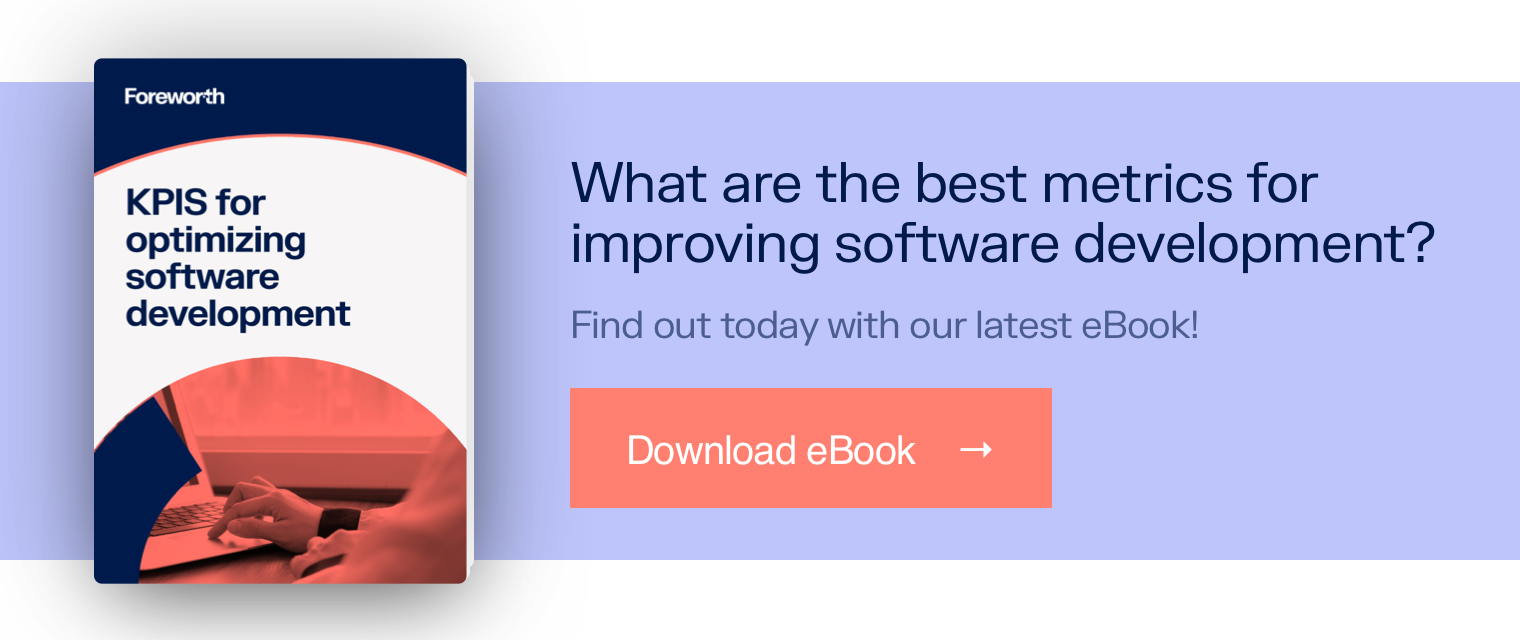A minimum viable product (MVP) can take many forms and applies to the full product lifecycle, not just the startup phase. By studying the MVP examples below, you will learn how MVP principles help software companies make faster decisions and reach milestones sooner.
What is a minimum viable product?
The concept of the minimum viable product was cemented into startup culture by the work of Steve Blank (author of The Four Steps to the Epiphany) and Eric Ries (The Lean Startup), and this 2013 article by Blank gives the history of how these ideas developed.
What is it? An MVP is often described as an early version of a product, with just enough features to be usable by early customers who can then provide feedback on the product.
The purpose of an MVP, however, is to gain feedback, as this early presentation by Ries explains, and with this in mind, it’s useful to expand the MVP definition to include any strategy used to get rapid feedback from customers.
Types of MVP in software
Once we understand the purpose of a minimum viable product (getting feedback), then it’s natural to consider a new question: How can we gain feedback in the quickest and cheapest way possible?
A software prototype is the most well-known type of MVP. A prototype can take many forms, from an interactive user interface to a hand-drawn paper mockup that includes flow charts and other descriptive elements. The idea that even a piece of paper can be an MVP opens our thinking to other types of MVPs used for their low cost and ability to get us fast feedback.
- The Mechanical Turk: This is a kind of prototype where a customer can use the product as advertised, but the service is performed manually behind the scenes as a stand-in for technology that hasn’t been built yet. It’s a good way to test both market demand and the usefulness of the product before committing to building it in full.
- Landing pages: Even earlier, a landing page can be used to see if there’s any interest in your product and collect feedback about desired features.
Taking this concept a step further, even a conversation can be a type of MVP. A verbal description of a tool with a target customer can help gauge interest, gather ideas, and is hard to beat when it comes to speed and cost effectiveness.
Minimum viable product examples in software
- Uber. The original 2009 UberCab app was only available in San Francisco and limited to iPhones or SMS. This test proved to the founders that there was a market for the service, and the data they collected helped them to scale to other cities.
- AirBnB. The founders of AirBnB did not jump into building a product in 2008. Their idea of travellers staying in other people’s homes was a new concept, and they wanted to see if they could rent out a room in their own apartment first. They took their first bookings and gained the confidence to start building.
- Dropbox. Before Dropbox became a product in 2008, it was a short explainer video. Drew Houston’s proposal was so attractive to viewers that thousands signed up for more information. Building the product was going to be expensive, but they found a way to get validation quickly and cheaply.
- Zappos. Starting a shoe store means spending money on sufficient inventory right? All those models and sizes? When Nick Swinmurn started shoesite.com (later Zappos) in 1999 he didn’t know if he’d sell a single pair. To test the business, he started with no inventory, and if he sold a pair, he went and bought it at full price at a local retail store. This was an example of a mechanical Turk prototype – Swinmurn started with no store at all behind a simple website, and customers were none the wiser.
The MVP: a part of daily life in a software company
Feedback is a way of reducing risk and increasing confidence. Once you make a commitment to getting feedback quicker, the MVP principles will become a part of your daily life in a software company (not just your first six months).
About the author
Juan Pablo González
Working as Foreworth’s Chief Technical Officer, Juan Pablo (JP) manages the company’s technical strategy. With nearly 20 years of experience in software development, he ensures the development process at Foreworth is meeting its keys objectives and technical requirements.
More info →



What do you think? Leave us your comments here!